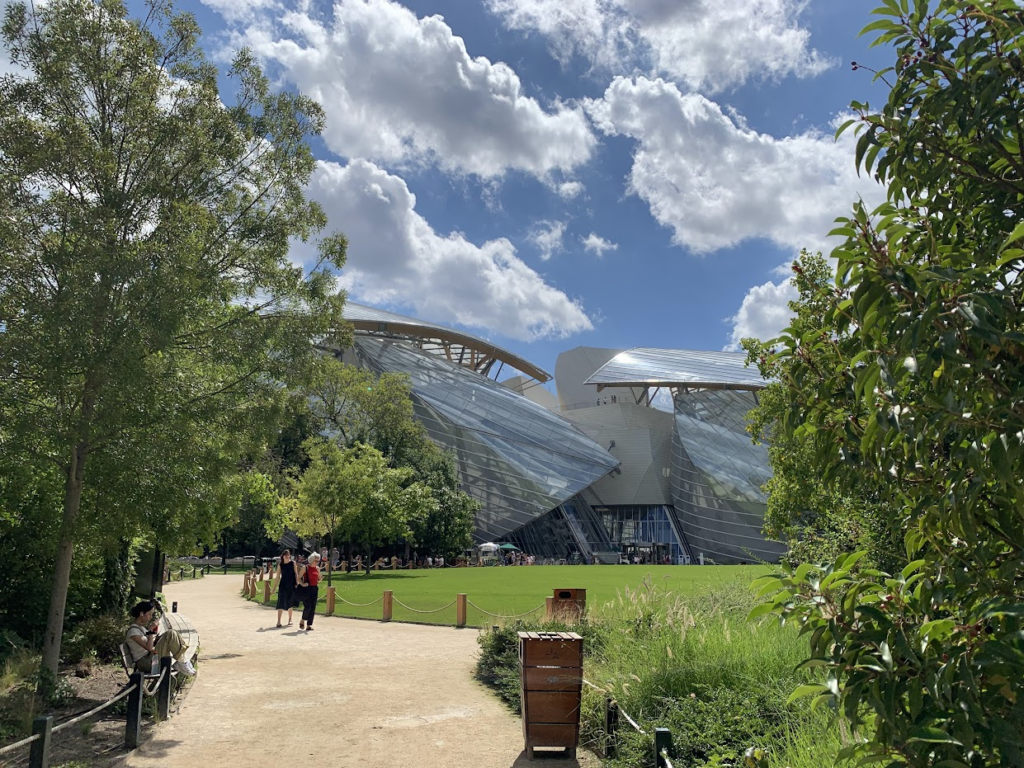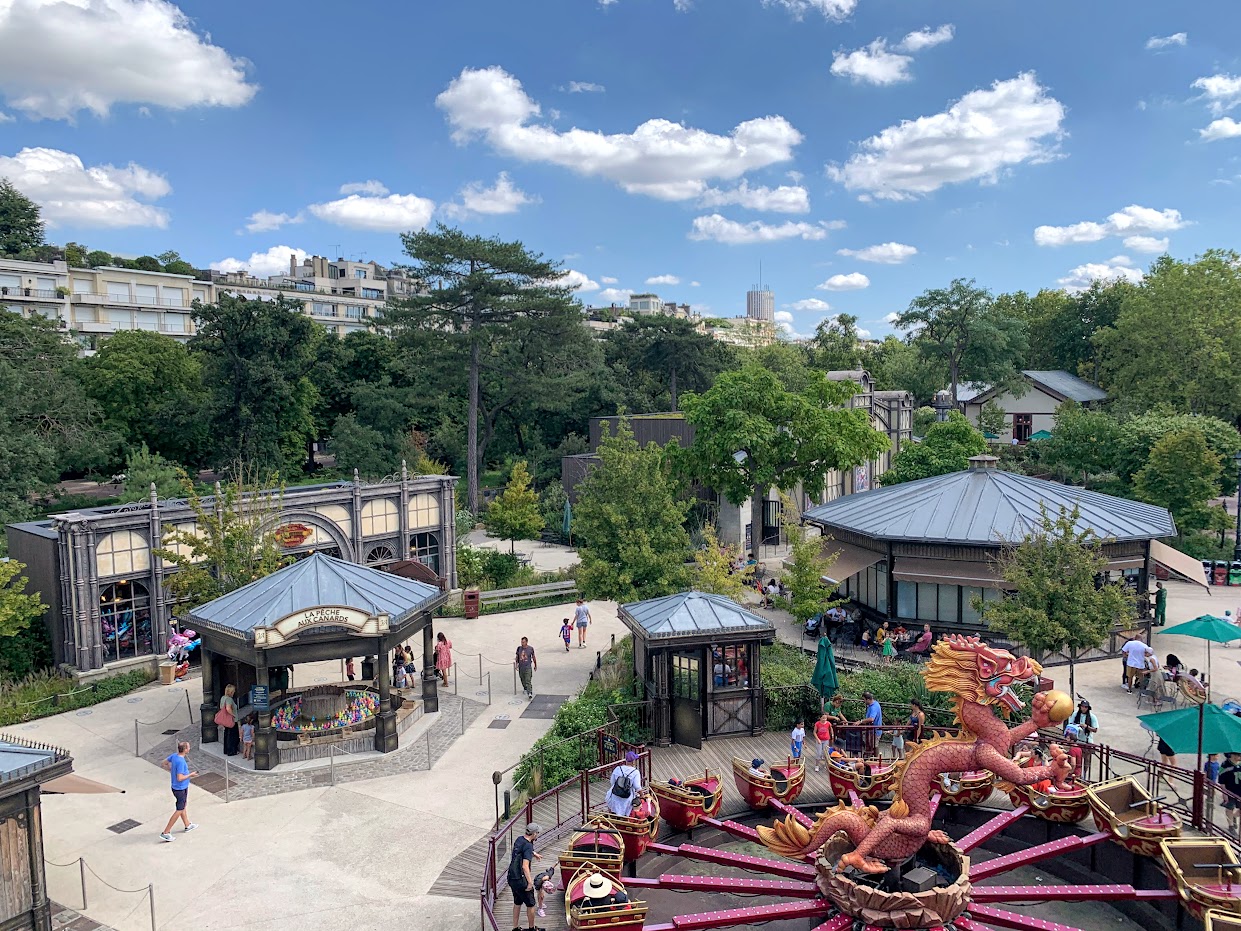Welcome to the Jardin d’Acclimatation, a fun and vibrant leisure park nestled in the heart of Paris. Whether you are a local looking for a day of fun or a tourist eager to explore, this guide will help you navigate all the exciting activities the park has to offer. From thrilling rides to peaceful gardens, and from educational workshops to delightful eateries, there is something for everyone to enjoy. Join us as we take a closer look at what makes the Jardin d’Acclimatation a favorite spot for families and friends seeking a day of joy and relaxation in the city of lights.
The most important :
- If you are in Paris, the easiest way to get to the Jardin d’Acclimatation is by taking the 1st(yellow) metro line (Les Sablons).
- If you are traveling by car, there is paid parking nearby.
- Budget accordingly, as the park is a bit pricey. The entrance fee is 7 euros plus a budget for the attractions. Most often, people either buy a booklet of 15 tickets (49 euros) or an unlimited pass (46 euros).
- It is almost half the price if you purchase on the website in advance and choose a specific day of visit (27 euros for an unlimited pass).
- Bring a picnic with you; the park has many lawns where you can freely settle down and eat.
Jardin d’Acclimatation’s History
Nestled within the heart of Paris, the Jardin d’Acclimatation is more than just a garden. With a history spanning over a century and a half, it stands as a testament to the city’s evolution and its everchanging relationship with nature, culture, and leisure.
From Humble Beginnings to a Parisian Landmark
In the lush landscape of the Bois de Boulogne during the Second Empire, the Société impériale zoologique d’acclimatation, led by the renowned zoologist Isidore Geoffroy Saint-Hilaire, envisioned a unique space. They sought a haven where a diverse array of animals could thrive—a place beyond the limited confines of the Muséum du Jardin des Plantes.
By 1858, their dream started taking shape when they were granted a 15-hectare space by the City of Paris. This new establishment aimed to be a delightful blend of a leisure garden and an exhibition for “useful animals from all countries”. Under the expert guidance of engineer Jean-Charles Alphand, architect Gabriel Davioud, and landscaper Jean-Pierre Barillet-Deschamps, the garden was inaugurated by Napoleon III and Empress Eugénie in October 1860. Today, it still proudly showcases its Napoleonic heritage through structures like the grand stables, the Grande volière, and the Maison Eugénie.
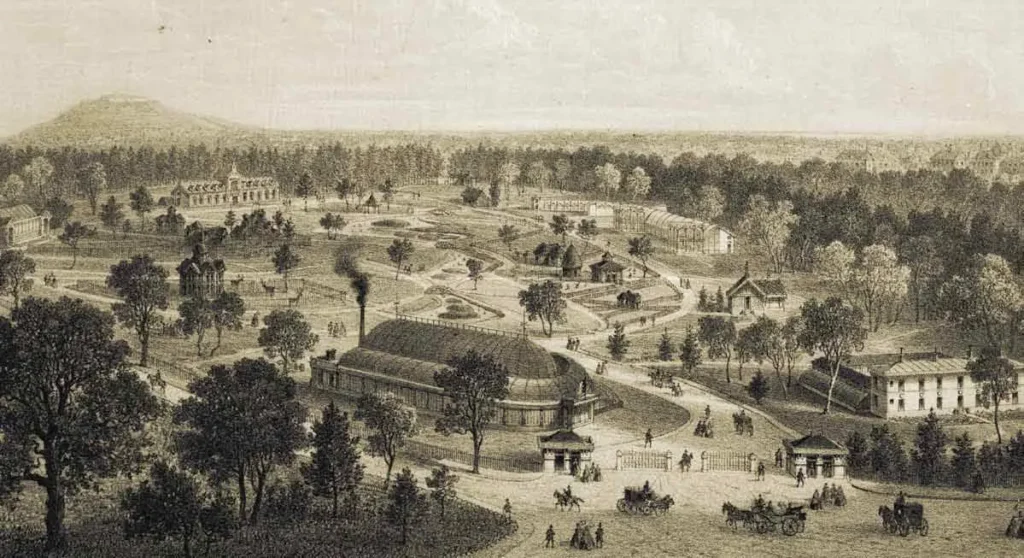
A Fusion of Science and Leisure
Originally, the Jardin d’Acclimatation embodied the spirit of scientific leisure and family education. As a zoological garden, it once showcased human beings in an ethnographic dimension. At its peak in 1866, it housed over 5,600 animals. However, the tumultuous times of the 1870 war forced it to close its doors temporarily, using its premises to shelter livestock that fed the city’s populace.
Despite facing challenges and shifting its focus over the years, from primarily hosting useful animals to including fascinating creatures like giraffes and elephants, the garden’s essence remained. Today, it is home to over 300 animals, from farm creatures to a few wild species, maintaining its commitment to preserving biodiversity.
Adapting to the Changing Times
The aftermath of World War I brought hardships to the garden. The once-thriving establishment faced severe neglect, with its buildings in ruins and the number of visitors dwindling. The roaring 1920s saw a shift in public interest towards adrenaline-filled amusement parks, pushing the Jardin d’Acclimatation to reinvent itself. By 1926, it started introducing modern attractions, drawing inspiration from Denmark’s Tivoli Gardens. Though this strategy boosted attendance, competition from other attractions like Luna Park and the expansive Bois de Vincennes posed challenges.
In response, the garden focused on catering to families and children. It introduced film projections, circus shows, a puppet theater (Guignol), and even a special zoo for children.
Modern Reinvention
The 1950s ushered in significant changes, emphasizing outdoor leisure activities and family-friendly attractions. The garden was restructured in the 1960s, and new establishments like the Musée national des arts et traditions populaires were introduced. While some of the earlier scientific activities phased out by the end of the 20th century, the garden embraced oriental influences, like a tea house and a Korean garden symbolizing the friendship between Paris and Seoul.
Today, as the garden prepares to host the stunning structure of the Fondation Louis Vuitton designed by the iconic architect Frank GEHRY, it remains a symbol of Paris’s ever-evolving landscape. With renovated Second Empire structures and modern amenities like free Wi-Fi and jogging tracks, the Jardin d’Acclimatation continues to enchant visitors, bridging the past and the present.
Jardin d’Acclimatation Human Zoo
There were dark chapters in the history of the Jardin d’Acclimatation as well.
In the late 19th and early 20th centuries, in many European countries, including France, so-called “human zoos” were popular, where indigenous people from colonies were displayed to the public as an exotic “attraction.”
The Jardin d’Acclimatation in Paris was no exception. At various times, exhibitions were held where people from different parts of the world, including Africa, Madagascar, Indonesia, and others, were showcased. These exhibitions often presented a distorted and derogatory representation of the cultures and lifestyles of these peoples, serving as entertainment for European audiences and reinforcing stereotypes and racial biases.
Over time, such exhibitions faced increasing criticism and were eventually discontinued. However, they left a dark mark on the history of many cultural institutions, including the Jardin d’Acclimatation.


What’s Behind the Name “Jardin d’Acclimatation”?
The name “Jardin d’Acclimatation” translates from French as “Garden of Acclimatization”. The reason for this name stems from the initial purpose of creating this garden. It was established in 1860 as a place where exotic animals and plants could be acclimatized and adapted to the Parisian climate.
At that time, empires and colonies were actively exchanging flora and fauna, and it was important to understand which of these animals and plants could successfully survive and reproduce in a new environment. The Jardin d’Acclimatation became a place where scientists and biologists could study this process and provide recommendations for the care of new species.
So, the garden’s name reflects its original mission and purpose – to serve as a place of acclimatization for exotic species. Although the garden’s functions have expanded over time, its historical name remains and reminds us of the roots of this amazing place.
What to do at the Jardin d’acclimatation?
Attractions
The Jardin d’Acclimatation offers a plethora of attractions to keep visitors of all ages entertained. Whether you are seeking adrenaline-pumping roller coasters or gentler rides suitable for young children, there is something for everyone. The park also offers boating experiences, allowing you to enjoy a peaceful time on the water, surrounded by the park’s beautiful scenery. It’s a place where fun meets adventure, offering a delightful experience for family and friends.

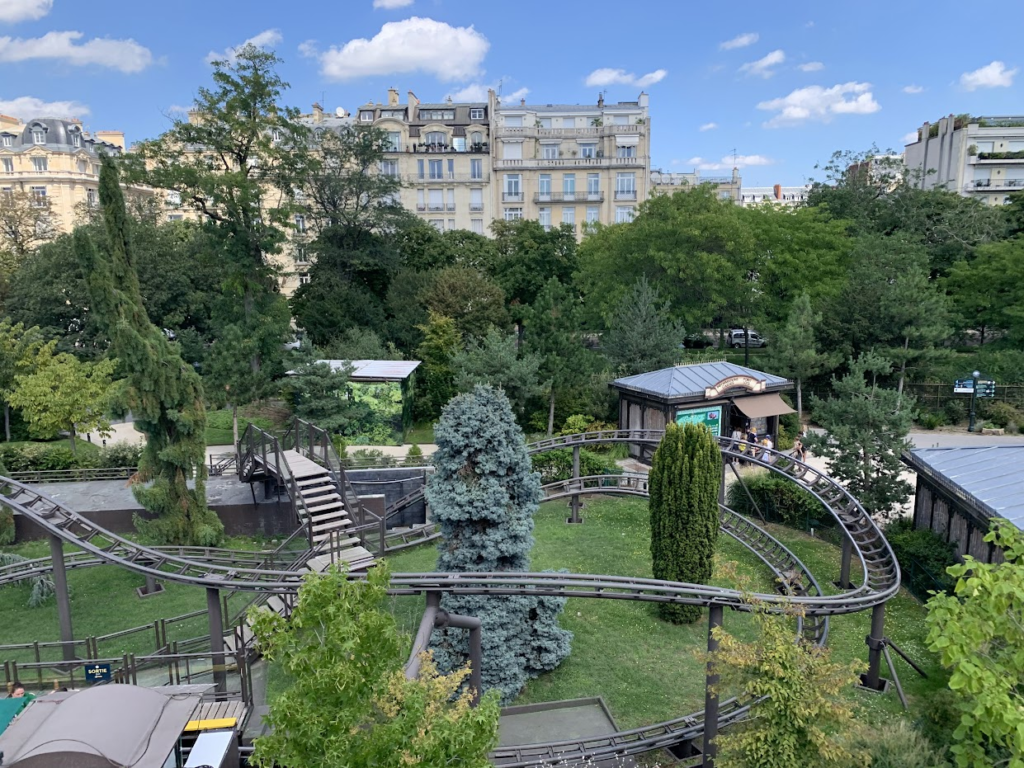
Gardens
Nestled in the heart of the city, the gardens at the Jardin d’Acclimatation are a haven for nature enthusiasts. The themed gardens are meticulously designed, offering a unique horticultural experience with each visit. Visitors can also enjoy a picnic in designated areas, making it a perfect spot for family outings and a day out in the sun enjoying nature’s beauty.
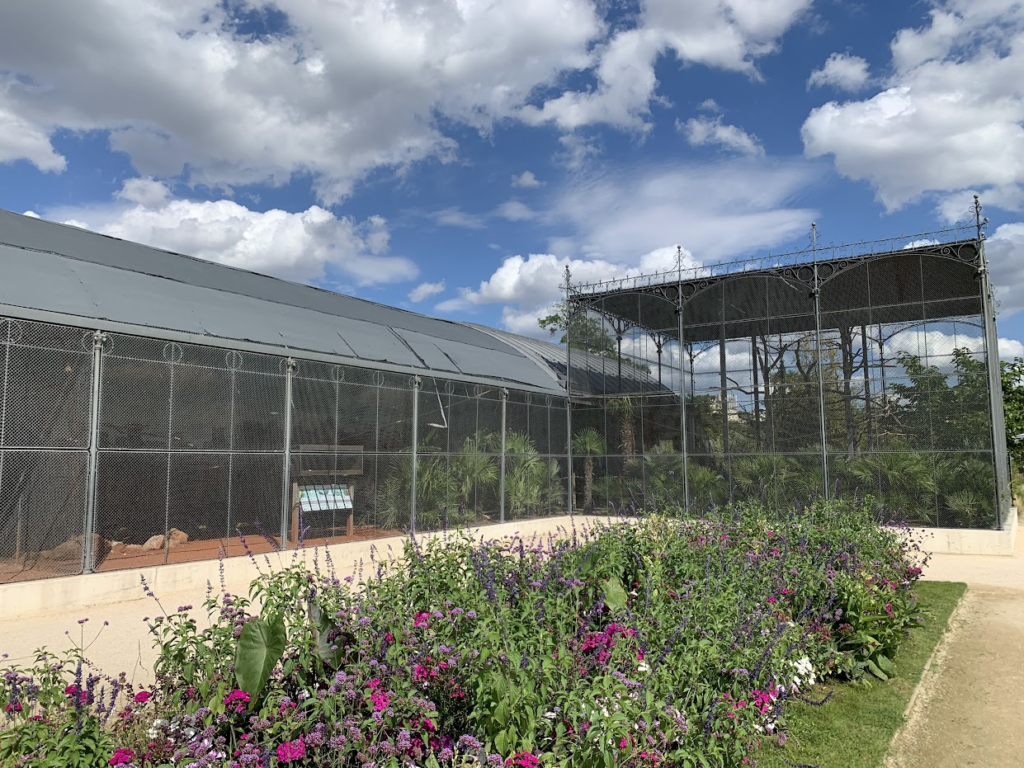
Zoo
The zoo at the Jardin d’Acclimatation is a small yet diverse habitat housing a variety of animals including birds, mammals, and reptiles. It offers an educational experience for children, helping them learn about different species and their habitats. Occasionally, interactive sessions are organized where zookeepers share fascinating insights about the animals, offering a closer look at the diverse species housed in the zoo.
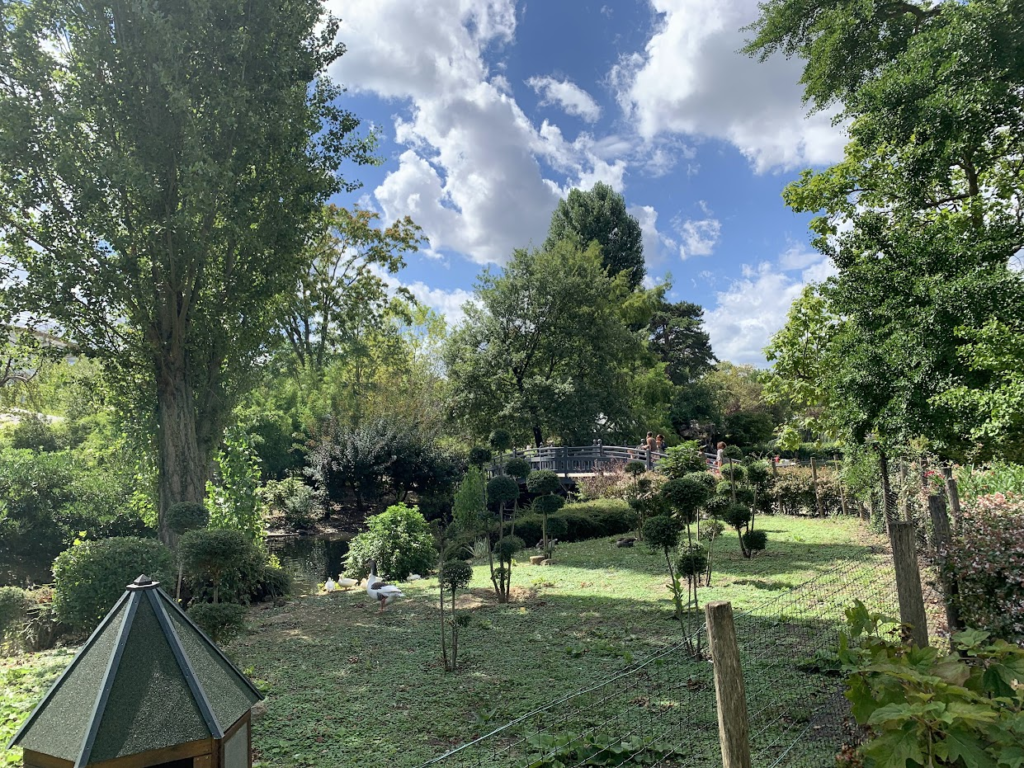
Workshops and Animations
The park is a hub for creativity and learning, offering a range of workshops and animations for children. From art workshops where little ones can unleash their creativity to performing arts showcasing puppet shows and magic shows, there is a rich array of activities to foster learning and fun. It’s a space where entertainment meets education, providing a nurturing environment for children.
Restaurants and Cafes
The Jardin d’Acclimatation offers a rich culinary experience with a range of restaurants and cafes catering to all tastes and preferences. Whether you are in the mood for a full-service dining experience or a casual cafe setting, there is something to satisfy every palate. Some establishments also offer picnic baskets, allowing visitors to enjoy a delightful picnic amidst the park’s scenic spots.
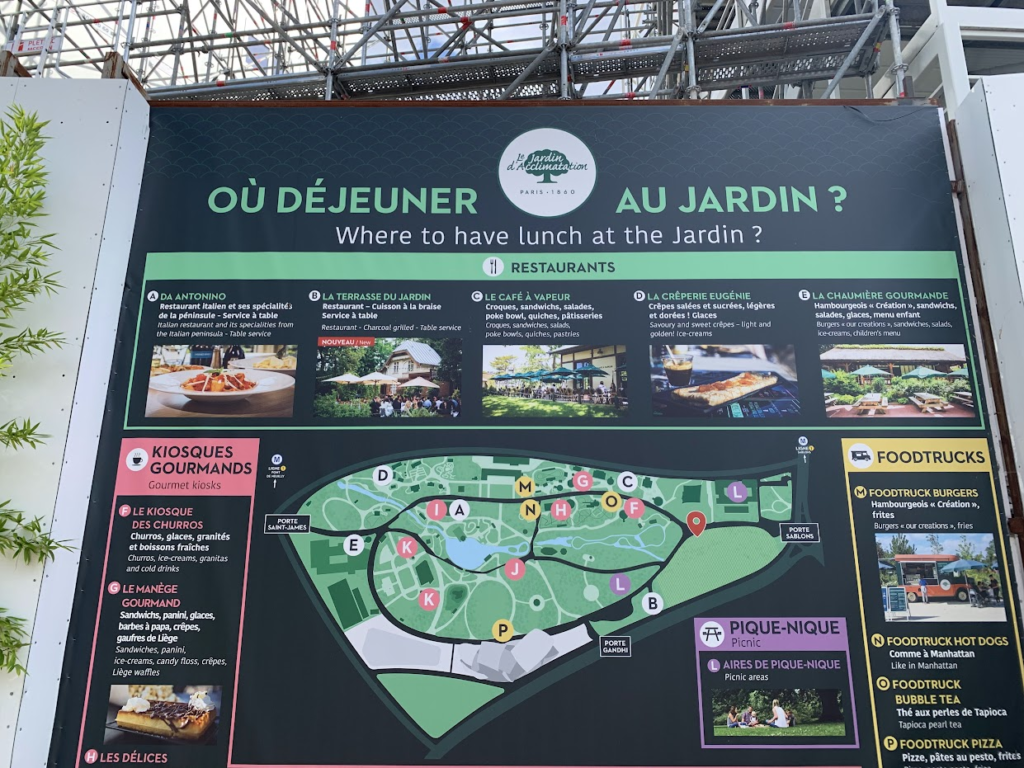
Exhibitions
The park is a cultural hub, often hosting exhibitions that cater to art and science enthusiasts alike. From art exhibitions featuring works from renowned artists to science exhibitions offering educational insights, there is always something new to learn and explore. It’s a space that fosters curiosity and learning, offering a rich and diverse cultural experience.
Sports Activities
For sports enthusiasts, the park offers a range of activities to indulge in. The tennis courts are a great place to enjoy a game, and the playgrounds are equipped to let children burn off energy while having fun. It’s a space that promotes physical activity and well-being, offering a healthy and enjoyable outing for the entire family.
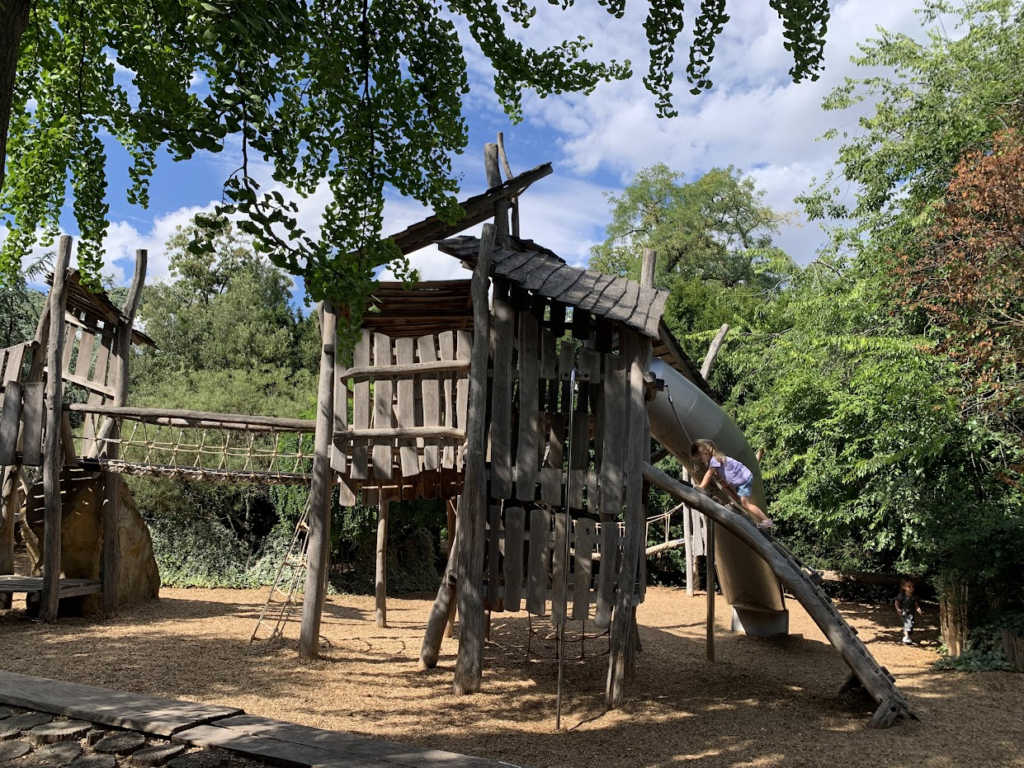
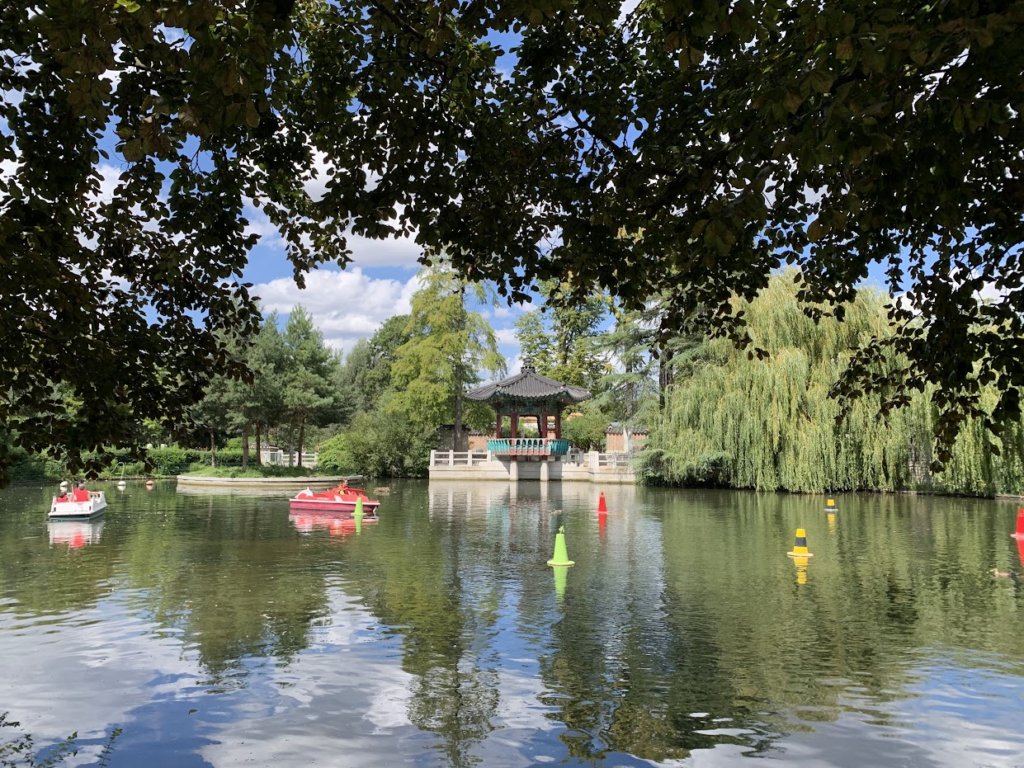
Shops
The shops at the Jardin d’Acclimatation offer a shopping experience like no other. From souvenirs that let you take a piece of your experience home to gift shops offering a range of toys and branded merchandise, it’s a shopper’s paradise. It’s the perfect place to find a memento of your visit or a gift for a loved one.
Special Events
Throughout the year, the Jardin d’Acclimatation hosts a range of special events, including concerts and festivals. These events celebrate different cultures and occasions, offering a rich and diverse experience for visitors. It’s a place where music lovers can enjoy concerts spanning various genres, offering entertainment and a vibrant atmosphere.
Louis Vuitton Foundation
Situated nearby is the Louis Vuitton Foundation, a contemporary art museum that is a must-visit for art and architecture enthusiasts. The foundation hosts a range of art exhibitions, showcasing works from renowned artists globally. The building itself, designed by the famous architect Frank Gehry, is an architectural marvel, offering a feast for the eyes and the soul.
